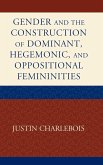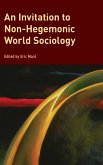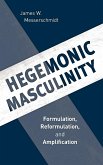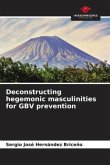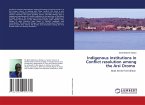The collapse of the Soviet Union in 1991 left the United States the lone hegemon in the world. The dissolution of the USSR left 15 new republics, loosely assembled as the Commonwealth of Independent States. These republics developed slowly. However, aided by hegemonic conflict from the US, Russia, and China, the Caspian states have seen major international investment and interest in obtaining access to the rich energy resources in the region. The Caspian region represents a new frontier for Harvey's processes of spatial fix and Arrighi's theories of hegemonic conflict between the global hegemons. How these powers proceed in the Caspian region have major implication over global energy policy for decades. This text will analyze data from the Caspian region to demonstrate the link between Harvey's theory of spatial fix and Arrighi's hegemonic conflict and the actions and events on the ground.
Bitte wählen Sie Ihr Anliegen aus.
Rechnungen
Retourenschein anfordern
Bestellstatus
Storno


